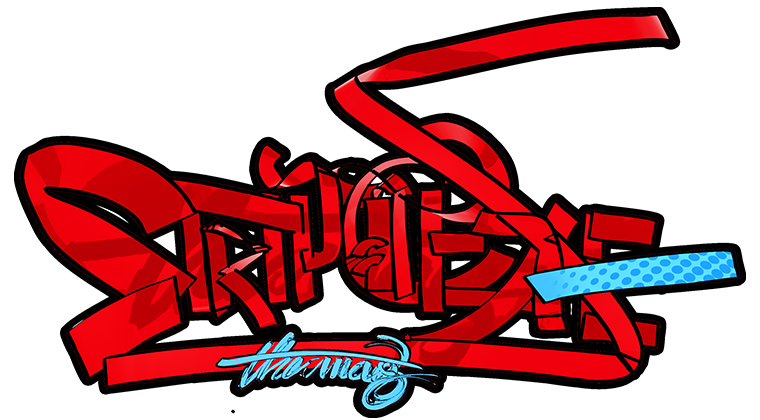The Life and Times of Odayan
During the years of growing up, Robin Hood, was perhaps one of the best “superheroes” I had encountered in the realm of literature. As a young child, I failed to realize that my love for the Man in Green did not stem from the well-crafted stories. It simply was defined by an individual’s rise to power and the obstacles he overcame, without much regard to morality, to get there. Stepping away from the forest of Sherwood and towards the picturesque sights that greet us from ancient Kerala, it is in Bhargava Kshetram that we encounter a young man, jaded by society, inspired by the dance form- Kathakali and excelling in the martial art form- Kalaripayattu. A hero to some and a villain to some, Odayan, with each passing page reveals that is not merely a story about a man trying to bring about change… It is about a man who is essentially human and a man to whom morality is perhaps irrelevant- much like a more twisted version of Robin Hood.
The story of a young man who takes the law into his hand, it is wrong to consider Odayan as a “superhero” by any stretch of imagination. A vigilante, inspired by the likes of Batman and V for Vendetta, the protagonist is not a spandex clad man running around saving the day. “When you read Odayan, it isn’t surprising to realize that a lot of people look at him as a criminal. And that is the reaction I had hoped for,” begins Suhas Sundar, writer of Odayan and Creative Director, Level 10 Comics. In a country where superheroes are restricted to just a handful, Sundar also believes that it is an odd idea for Indians to explore. “But I love Nagraj,” he grins, talking about the legendary superhero brought to life by Raj Comics, “And perhaps I’ll be the first one to watch the movie if it is ever released, but creating a new superhero and expecting cult following is something that cannot happen in India yet.”

Defined by an industry that largely chooses to explore the realm of mythology in order to avoid the painstaking process of familiarizing people with new character, an inevitable part of creation, newer writers and artists are straying from this tried and tested formula for success. “And we all know how the Ramayana ends. Though the stories are easily accessible and there is a ready-made audience for it, how long will you keep coming up with various versions of the same coin?” Sundar adds.
While Odayan is set in ancient Kerala and weaves into the tale legends that have been passed down through generations, Sundar confirms that Odayan is in no way a slice of historical accuracy. “We did research a lot to make this period story come to life. Starting with architecture of the era and ending with costumes and folklore, there was much that we learnt. But owing to the lack recorded events, we had to take a lot of liberties as well in the realm of Bhargava Khsetram. This is more about legends and a vigilante than historical accuracy,” he smiles.

Indian comics have almost always been defined by either good writing or by good art. Due to some unexplained reason, most creators utterly lack the ability to make sure that they are not relying heavily on either art or writing. Odayan, thankfully, is one of those Indian comic books which pay attention to both. While Sundar’s writing does not ramble on and proudly exhibit grammatical inconsistencies, the artwork of the book, largely lacking colours, at times allows us glimpses of vivid colours as the masked faces of the protagonist, Odayan, and some other peripheral characters appear and fade. Keeping in mind the need to showcase violence that is over the top, not only are the black and white frames stunning, the splashes of bright red blood spread across the frames, as a stark contrast, makes you realize the chaos that is essential to the narrative.

Though I would like to believe that Odayan is a hero, he isn’t a spandex-sporting, muscle flexing man who saves the day to bask in the glow of adulation. Not quite the Boy Scout, no. However, when you think of ‘heroes’ beyond what the Golden Age Comics had introduced us to, you realise that Alan Moore had introduced us to one in V for Vendetta. A man who wasn’t defined by good or evil. A man who simply chose to play the part of a vigilante in a world and time that needed him. And perhaps, Odayan is learning from the greats.


2 thoughts on “The Life and Times of Odayan”
Comments are closed.